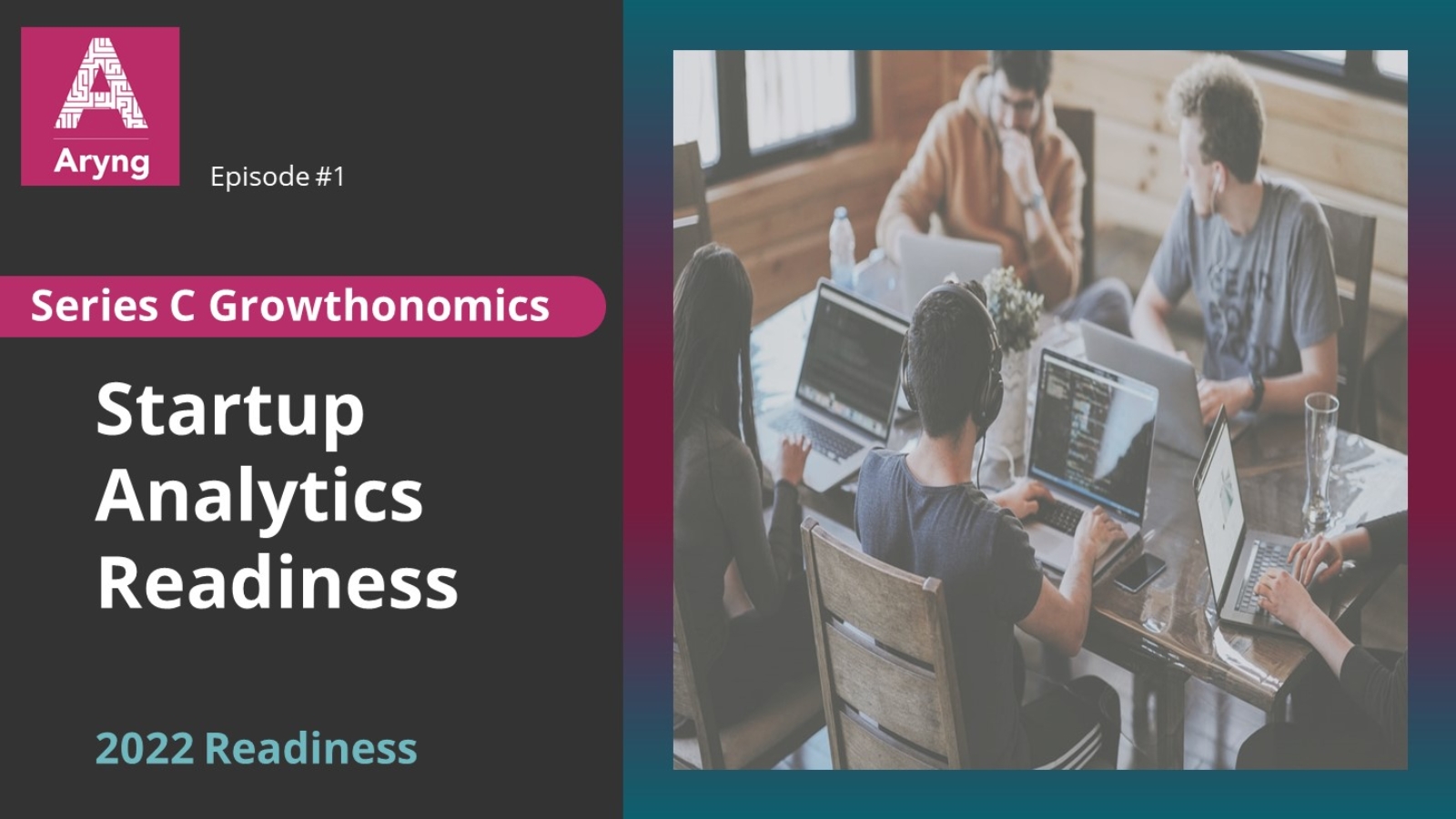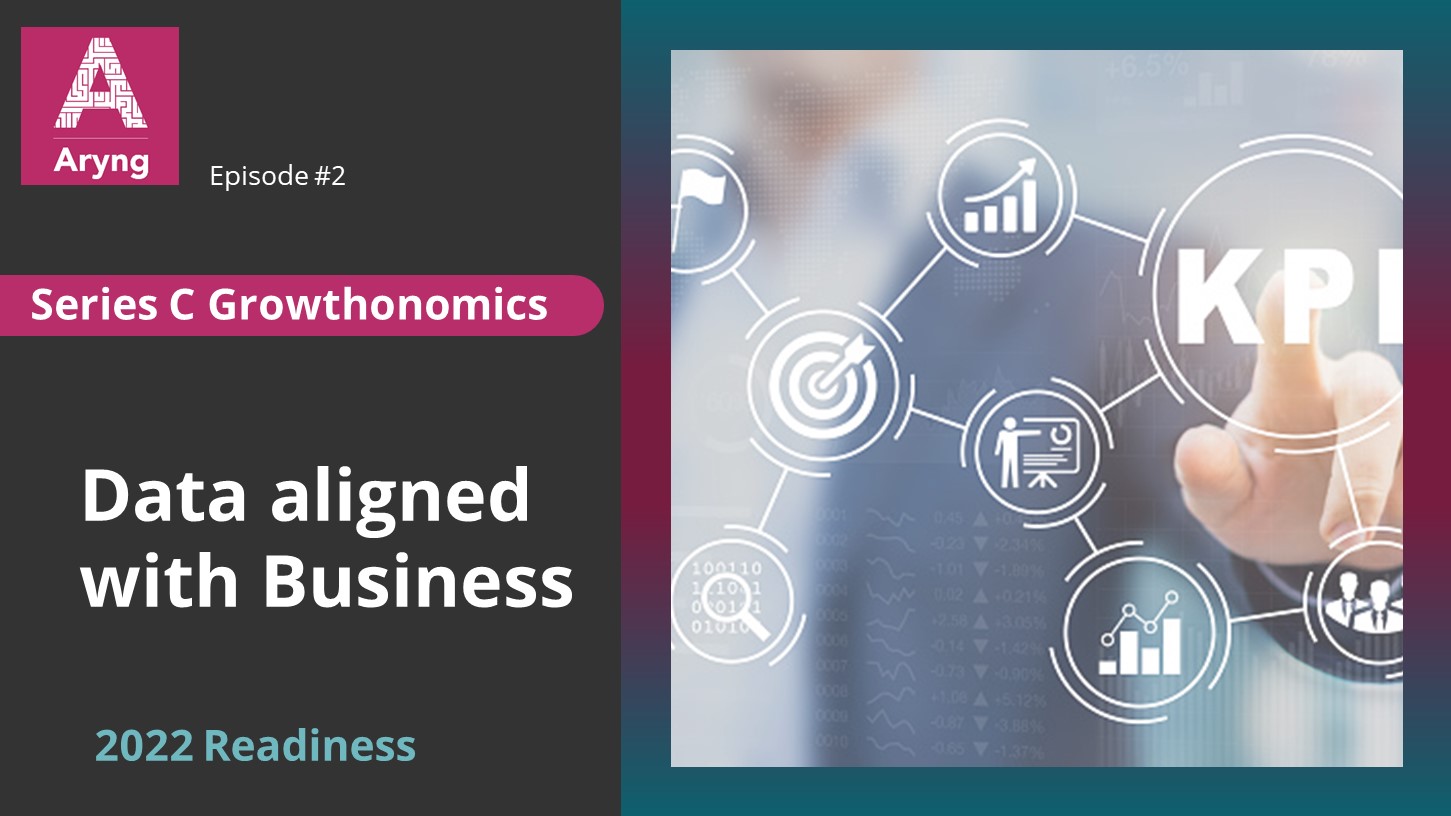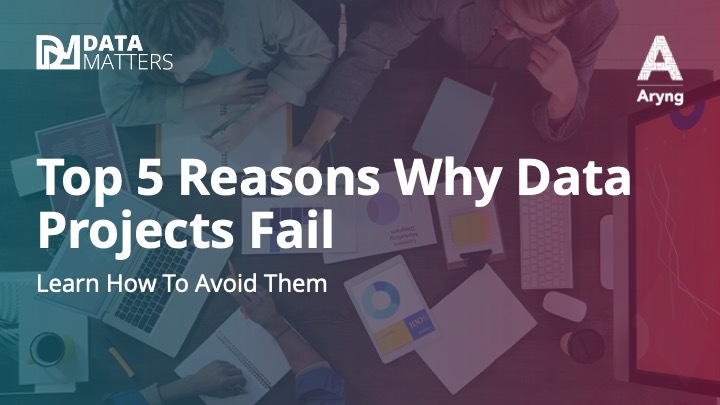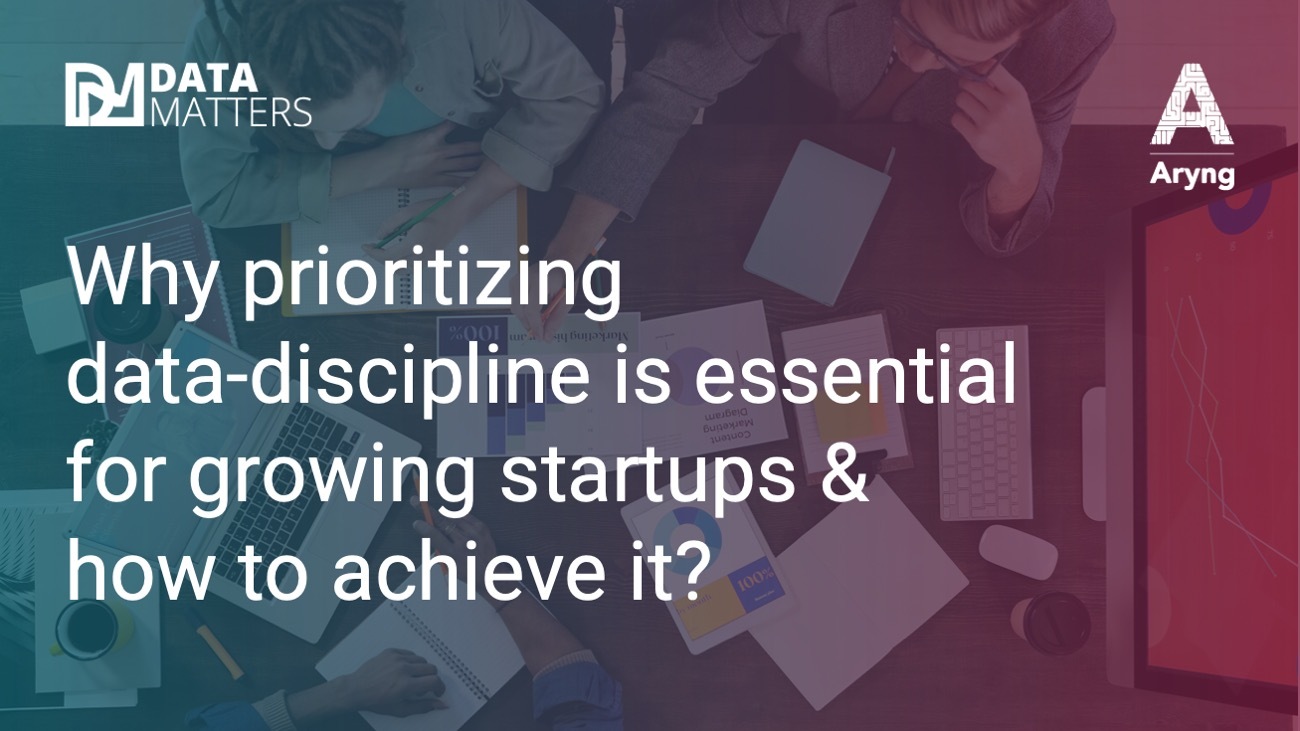Analytics used to be the thing of the established companies to improve their company performance. Times have evolved, and analytics readiness has become necessary while laying the foundation for a company especially startups. All departments, including operations, sales, customer satisfaction, and product improvements, use data to improve their strategic and tactical decision-making through all levels of employees.
This post will cover some of the significant problems in start-ups where analytics has already become a practice. We will discuss the four most problematic ‘speed-breakers’ for start-ups revolving around data engineering and analytics. We will also discuss the corrections or necessary foundation required to cross over these speed-breakers.
Before we start, pause for a minute and think about the changes you look forward to in your company as a data stakeholder.
What are the speed-breakers?
The following are the four main issues that we see among our Series C/D clients:
Single Source of Truth
Getting overwhelmed with data has become a norm, and there arises a need for a single source where you have one go-to place to see all the required tables and metrics. With the improved data collection practices, we are facing a data deluge. There is too much data to be reconciled, diluting the value it can bring to your business. Although you can monetize the more extensive data flow but having this vast volume of data flowing and not being able to control them is a problem.
Data Discrepancies
This point is an after-effect of the single source of truth. Collecting data from multiple sources, like vendors and APIs, can result in discrepancies. The concern revolves around getting fewer data discrepancies and greater confidence in data.
Analysts lack the context
Are your data scientists and analysts involved in executive meetings where forward-looking discussions occur? Analysts often get the context and thought processes to help them understand the why and produce better analyses.
Data assets are not driving value
You want your data assets to drive value. The data collection and analysis shouldn’t be a cost centre but an indirect revenue source that feels like an asset.
What are the foundational requirements to solve these issues?
The situations mentioned above come as a result of some existing processes which need some course correction.
Alignment between data and business metrics
Do you have defined metrics to measure your business performance? Are you collecting the right and required data to guide you on your metrics? Clearly defining these metrics and their data requirements helps you focus on the crucial aspects and not get consumed in the data deluge.
Analytics Agenda
An analytics agenda will consist of your top projects, which will drive significant value for the business. Do you create an analytics agenda and follow that on a timely basis? The general trend in the analytics department is to work on requests from different teams in silos, which doesn’t create maximum impact.
Why behind the What
Do your data analysts and scientists have permission to say no to some of the requests so that they are not working on some tactical tickets which got low impact? Using your analysts and their time for working on higher-impact projects can help you get beyond the tactical improvements and thereby escalate business performance.
Analytics and Data Science Process
Do your analysts, scientists, and data engineers have an analytics/data science process, meaning a standard method by which they solve any problem? Refining the problem statement, creating and following a hypothesis-driven plan, focusing and collecting only relevant data, and deriving insights-based recommendations can help improve project run time and accelerate results.
BADIR framework is an organized analysis process for making impactful decisions; by focusing on actions based on well-structured analytics. You can learn further about it here.
What next?
You can solve the major pain points associated with analytics needs by creating the foundation using these processes. In the following posts in this series, we will look into each of these four aspects and get analytics-ready with the right strategies.









